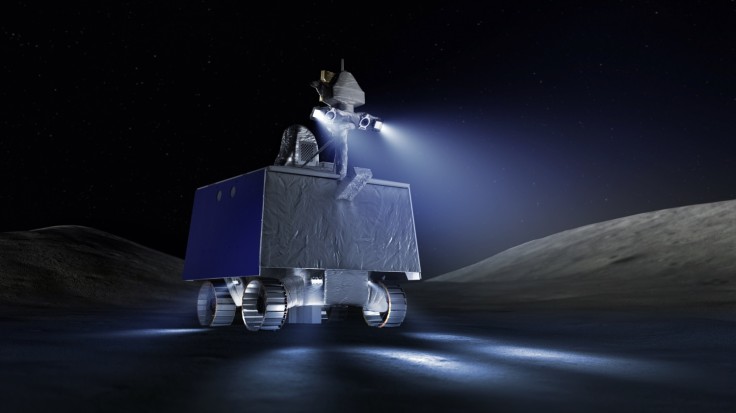Humanity's dream of exploring what the moon contains is being put on hold.
NASA recently announced it is delaying the launch of its Commercial Lunar Payload Services (CLPS) initiative by a year to allow for further tests that would reduce the likelihood of the Volatiles Investigating Polar Exploration Rover (VIPER) being damaged during transit.
NASA originally scheduled the delivery of the CLPS and VIPER to the moon in November 2013 to acquire information on the potential payloads that advance capabilities for various sectors.

CLPS - VIPER Launch Delay Details
NASA mentioned in its announcement that it is delaying the delivery of the two moon explorers to give Astrobotic of Pittsburgh more time to adjust VIPER'S delivery to the moon's south pole.
The robotics company requested NASA to delay the launch to gain more time to conduct further tests to reduce the overall risk of VIPER being damaged during its journey to the moon.
Astrobotics and NASA didn't provide further information about the delay on social media or in a news release, per Space.com.
Joel Kearns, deputy associate administrator for exploration in NASA's Science Mission Directorate in Washington, said that NASA, through the CLPS initiative, has tasked US companies to perform a "very challenging technological feat," which is to successfully land and operate a rover on the moon.
He also added that VIPER is the space agency's largest and most sophisticated science payload that would be delivered to the moon through CLPS and that it implemented enhanced lander testing for this delivery.
Simply put, Astrobotic will soon be undergoing a never-before-done technological feat, and it is willing to give more time and enhanced lander testing to make the delivery of NASA's largest and most sophisticated science payload a success.
This sentiment is evidenced by not only the additional one year but also NASA's granting of $67.8 million to Astrobotics through its CLPS contract to complete the additional NASA-mandated tests.
What Is The CLPS?
The CLPS initiative is an important component in NASA's Artemis lunar exploration plans. It involves ending the VIPER to the south pole of the moon to collect information that could help lay the foundation for human missions in and around the moon.
This foundation can be built using the data VIPER will collect, which could provide the reason to send payloads that advance capabilities for science, exploration or commercial development of the moon.
You may remember that the Artemis missions also involve building a base camp on the moon's surface and the Gateway in its orbit to allow robots and astronauts to explore the moon, Mars, and deep space, per NASA's official Artemis page.
To reach this end, NASA made seven task order awards to CLPS providers for lunar deliveries in the early 2020s. As such, there would be more deliveries similar to VIPERS' from then until 2028.
Due to NASA delaying VIPER's delivery, it is expected to reach the moon by November 2024.










